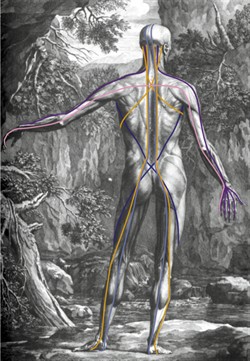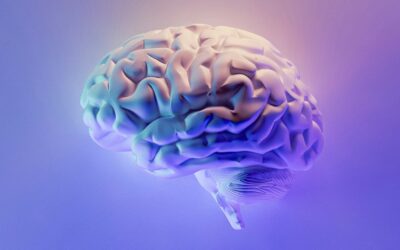Fascia. It’s what ties the locomotive units of our bodies together into streamlined functional cohesion. It opens a dialogue between muscles a body apart. Bruce Lee said that his famous one-inch punch began in his big toe, the force traveling and multiplying as it traveled up his leg, obliquely across his torso, down his arm, and ending in his fist. His fascia played a crucial role in creating that smooth-flowing, interconnected movement.
 Fascia is like a saran wrap that covers our entire musculature, and while it isn’t a force generator, healthy fascia is an extremely effective force transducer. An easy way to think about this mechanism is to imagine an active muscle ‘tugging’ on the fascia. This tug gets transferred to other muscles tied into that same fascial plane, activating it and coupling its force into a larger movement. Fascia is pretty great stuff. However, it’s also very easy to see how it can be the phantasmal accomplice in almost any movement disorder or musculoskeletal malady.
Fascia is like a saran wrap that covers our entire musculature, and while it isn’t a force generator, healthy fascia is an extremely effective force transducer. An easy way to think about this mechanism is to imagine an active muscle ‘tugging’ on the fascia. This tug gets transferred to other muscles tied into that same fascial plane, activating it and coupling its force into a larger movement. Fascia is pretty great stuff. However, it’s also very easy to see how it can be the phantasmal accomplice in almost any movement disorder or musculoskeletal malady.
A chronically tight muscle will put constant tension into that fascial train, affecting all the muscles along it. For this reason fascial considerations need to play a part in clinical reasoning. Perhaps the patient’s sub-occipital pain and tension isn’t being generated in the upper neck. Perhaps it’s being generated by an issue in the foot, or the gastrocnemius, or the hamstrings.
This is why a global approach to a local problem is such an important facet of diagnosis and treatment. It’s a lot to take in and adds a layer of complexity to an already complex system. But, it adds organization. It adds an explanation, a predictable pattern to follow and assess. It is for these reasons that I view Dr. James Jenkins’ Functional Rehab class as being the quintessential DC class. He ties everything together by addressing global biomechanics and fascial planes with all the tools we’ve built over the past 3 years: the adjustment, soft tissue therapy, stretching, exercise prescription, kinesio taping, and proper diaphragmatic breathing. I’m not saying it’s a panacea, but it’s pretty darn close in the world of musculoskeletal maladies.
 Image source: Anatomy Trains
Image source: Anatomy Trains




0 Comments